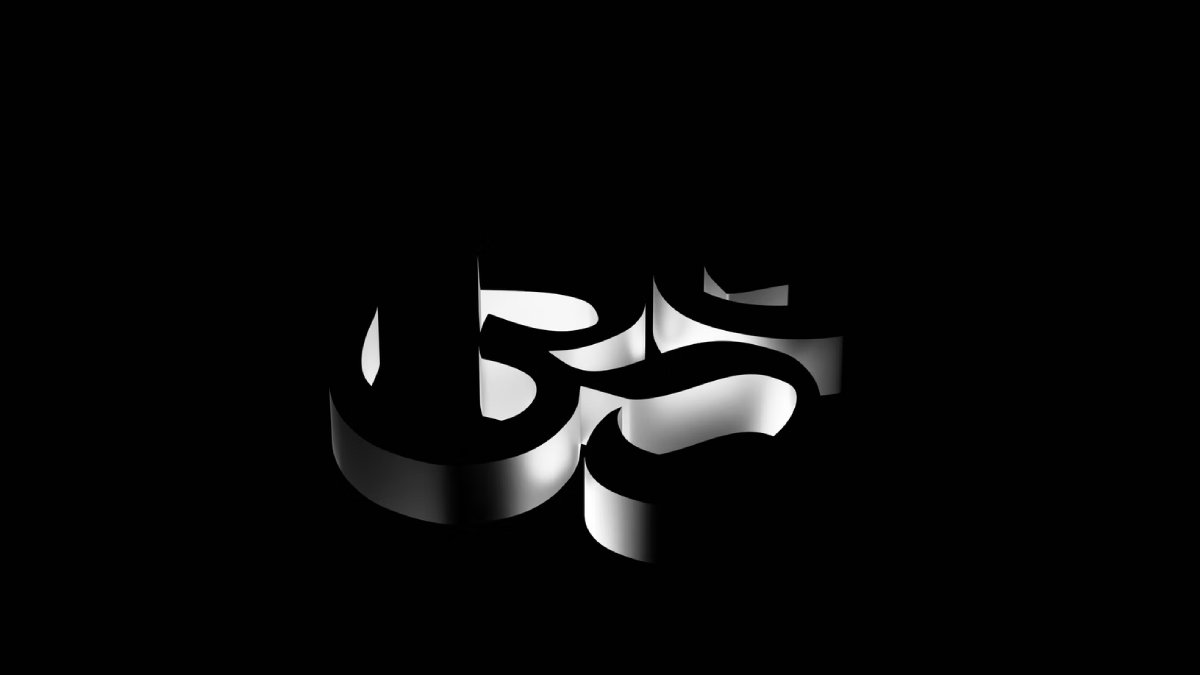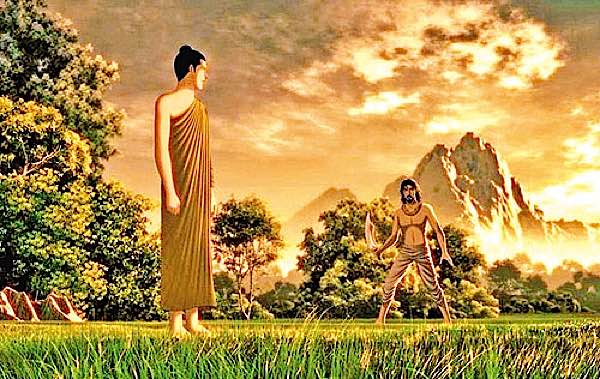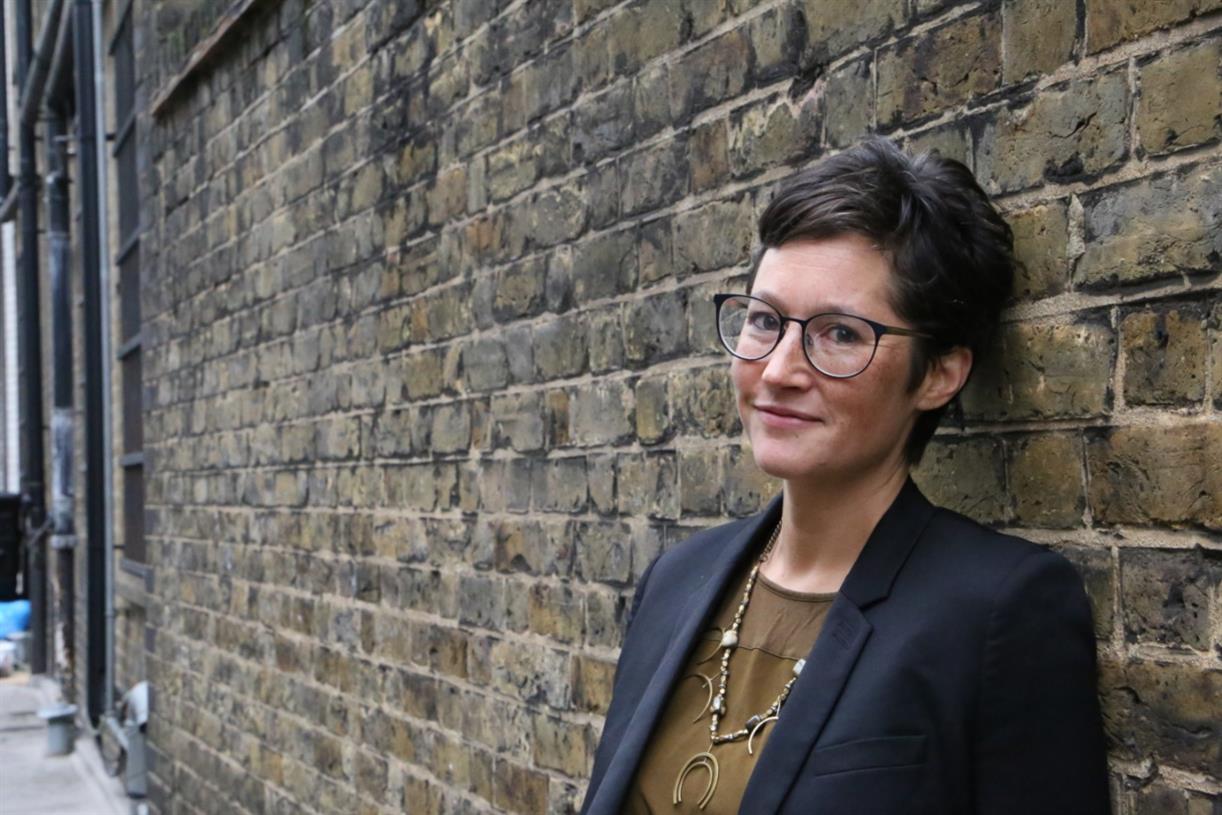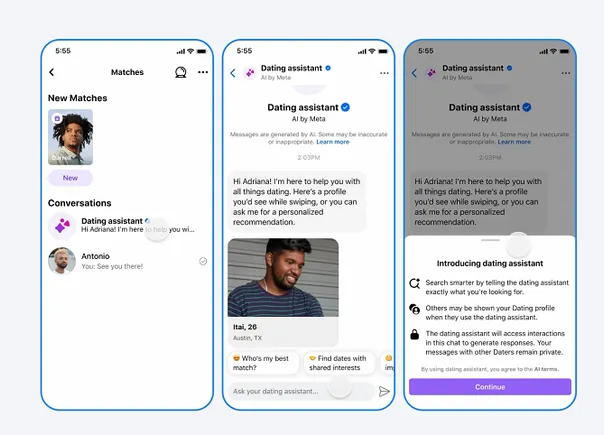How to Do Triangle Pose in Yoga – Proper Form, Variations, and Common Mistakes
The post How to Do Triangle Pose in Yoga – Proper Form, Variations, and Common Mistakes appeared first on The Yoga Nomads.
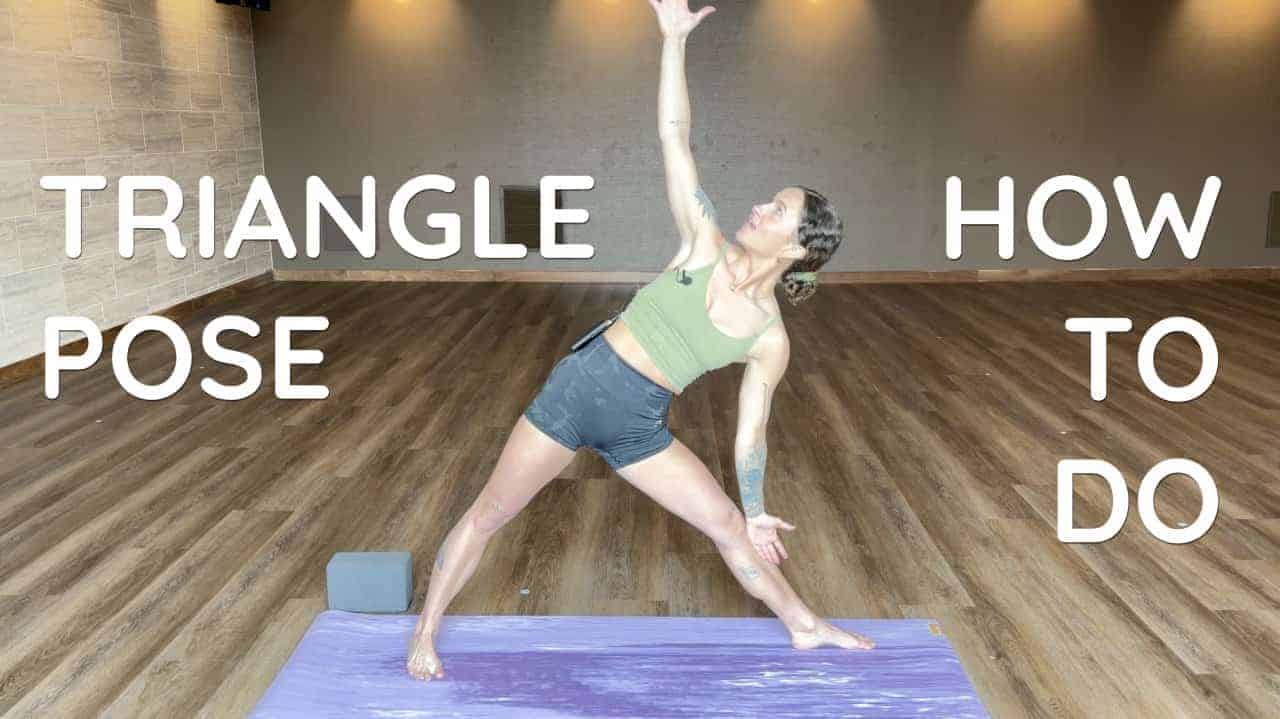
Hip-opening, side-stretching, and back-strengthening, Triangle Pose challenges your balance while soothing digestion and building muscle. Though it first appeared in Iyengar yoga, Extended Triangle Pose (Utthita Trikonasana) is a foundation posture practiced across yogic traditions and styles.
This three-angled pose is easily integrated into Warrior Pose progressions for greater flexibility and strength in the thighs, hamstrings, oblique abs, spine, and chest. Moreover, it can help relieve symptoms of menopause and low back pain.
Let’s dig into everything you need to know about creating the perfect balanced triangle!
Prefer video? Here’s our complete tutorial on how to master triangle pose:
Pose Benefits
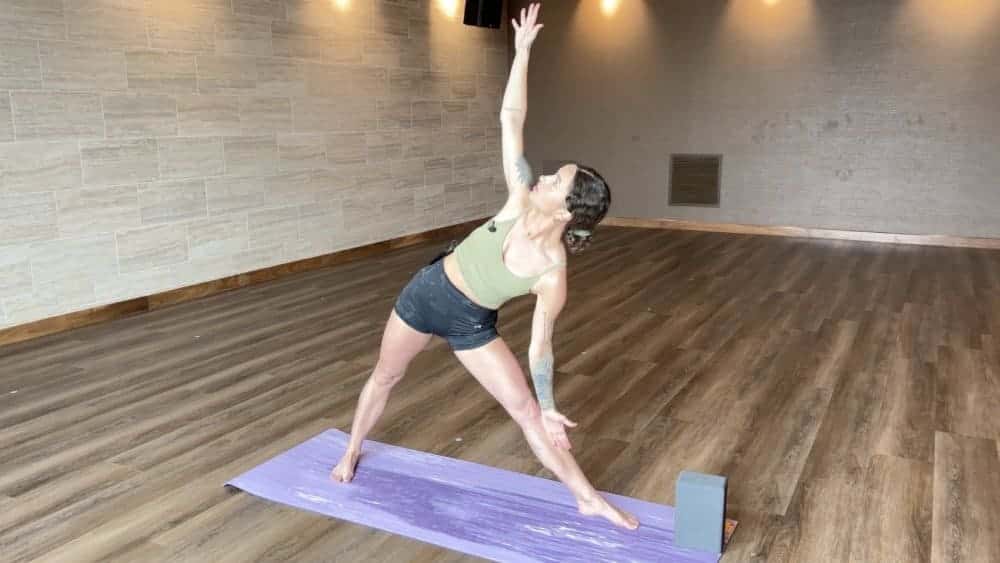
If you struggle with back pain, tight hips, tight hamstrings, or digestive issues, Triangle Pose offers relief and prevention. The key is to maintain proper alignment and engagement. When practiced correctly, this posture awakens strength and flexibility throughout the low body. Trikonasana can help:
Increase flexibility: So much stretching happens in this pose! You should feel your ankles, calves, hamstrings, inner thighs, hips, and side body opening up and lengthening. Improve digestion: The sideways arching of your torso in Triangle Pose awakens the abdominal organs in your side body. As you lengthen and curve to each side, you stimulate the stomach and intestines to help move food through. While you should never practice yoga on a full stomach, Triangle Pose can help relieve digestive complaints over time by enhancing gut motility. In fact, there is significant scientific evidence that yoga can help manage Irritable Bowel Syndrome (IBS)! Relieve stress and anxiety: Shifting your center of gravity and arching to the side helps relieve pressure and pent-up tension in the hips and lower back. Yogic philosophy says that emotions and stress tend to be stored in the hips. As you stretch and strengthen in this posture, you may feel a sense of grounding and calmness. Build strength: Any pose that strengthens the spine can benefit the entire body! This posture challenges your stabilizer muscles around the spinal column, while also building core strength and challenging your leg muscles. Relieve back pain: If you spend a lot of time at a desk, Triangle Pose can help alleviate lower back pain and a stiff neck. It also opens up the chest and shoulders. However, proper alignment is crucial for enjoying this benefit! If you accidentally get ‘out of whack’ in Triangle Pose, you could do more harm than good. Don’t be afraid to use props or a modification described below.Is Triangle pose hard?
Triangle Pose is a beginner-friendly yoga pose that challenges balance, leg strength, and core stability. The posture can initially be difficult because most bodies are not used to holding themselves in a sideways arch over the front leg. You must keep your legs strong and your spine extended to ensure that you don’t crunch into the side body or lose your balance. Triangle Pose becomes a lot easier when a block is used beneath the front arm.
The symbolism of Triangle Pose
Trikonasana has a range of physical, mental, and even spiritual benefits. This posture is rooted in a philosophy of three: the three doshas, the three nadis, the three parts of the Om symbol, and most notably, the Past, Present, and Future.
The back leg represents the past and provides the support for building the present. The hips and torso symbolize the present moment. Their square placement to the long-edge of the mat ensures an open mind to the power of the present moment. Holding this semi-challenging posture reminds us to stay focused in the Now. The front leg and the arm are symbolic of the future. They reach forward and out to invigorate our spirits for what is ahead.Most importantly, the symbolism of this pose reminds us that one must accept the present and past to move into the future. This is why it’s so important to root through the back leg and build a stable core before advancing into the extended Triangle Pose.
Step-by-Step Instructions
The Sanskrit word for Triangle Pose (Trikonasana) translates to “three corners.” As you move into the pose, notice how the space between your legs and your arms forms a triangle. Here is how to enter Trikonasana with perfect alignment.
Begin standing toward the long edge of your mat. Step out into a wide-legged position so that your feet are a few inches wider than your hips. On an inhale, turn the left foot to face the short end of the mat so it is at a 90° angle. Your left toes and knee should point straight to the side. Angle the right foot at a 45° angle toward the corner of the room. Anchor through the outer edge of that back foot. Your feet are in the same position as Warrior II. Engage your core and inhale as you extend your arms out to the sides. Keep your arms parallel to the floor with palms facing down. On an inhale, reach with your left arm toward the side and feel the obliques (side abdominal muscles) activate. Your right hip joint will jut out to the side. Keep your legs straight and engaged. Exhale and reach your left arm down to your ankle, calf or a yoga block. Bring the right arm up to the ceiling so your arms are in a straight line with your shoulders. Do not crunch into the side body or lean forward! Instead, imagine that your body is between two parallel walls. Your body is in one straight plane. Your hips remain square to the long side of your mat. Engage the glutes, quads, and inner thighs, maintaining a strong foundation in the right leg. Squeeze your abs to stabilize your core. Turn your head and gaze up to the ceiling. Maintain a neutral neck. There should be no tension. Avoid slouching or slumping forward. Keep the back activated and hold for 5 to 10 deep breath cycles. Then, press strongly into the floor to lift and reach the right arm to the ceiling as you lift your torso back up. Rotate your feet and repeat on the other side.How long do you hold Triangle pose?
Triangle Pose can be held for 30 to 60 seconds, or 5 to 10 breaths depending on your strength and flexibility. As you hold the pose, breathe into your side body and imagine your rib cage expanding away from your hips. Keep the glutes activated and feet firmly rooted into the floor.
Tips for Mastering the Pose
Mastering Triangle Pose is not as difficult as it looks. Once you find the right length and alignment in this pose, you may find yourself holding it for much longer periods of time. Instead of feeling pain or discomfort, you should feel strong and empowered.
Tip #1: Use a Yoga Block
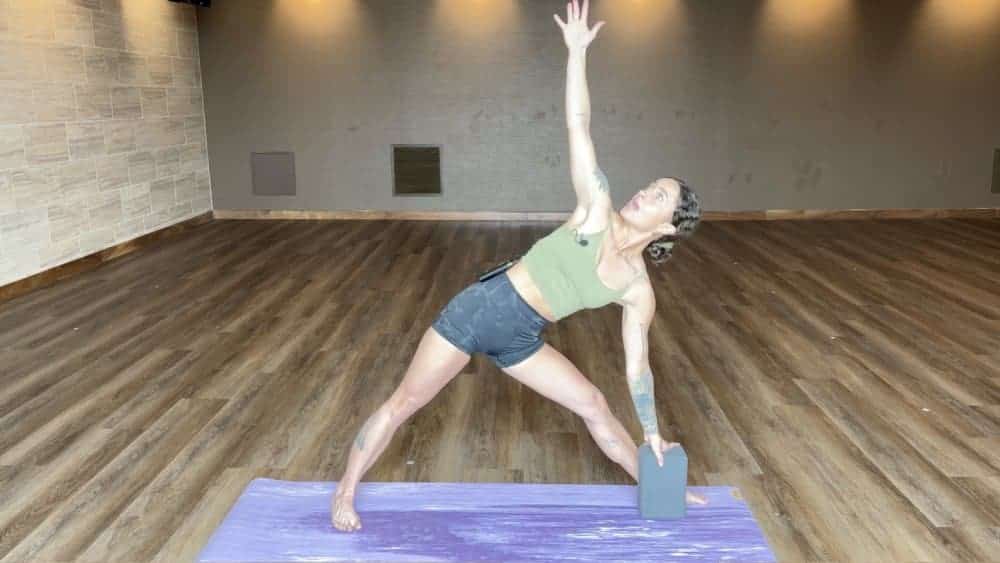
Most people have a difficult time maintaining their alignment while first attempting Triangle Pose. If you don’t yet have the hamstring or side-body flexibility, that’s OK! Use the modifications below to strategically place a block by your ankle and create an easy-access stability point for your lower arm.
Tip #2: Don’t Put Much Weight In Your Hand
Imagine your bottom arm as a stabilizer rather than a weight-bearing limb. You will know that you are maintaining an active core in Triangle Pose when there is very little weight in your hand.
Tip #3: Imagine You’re Between Two Walls
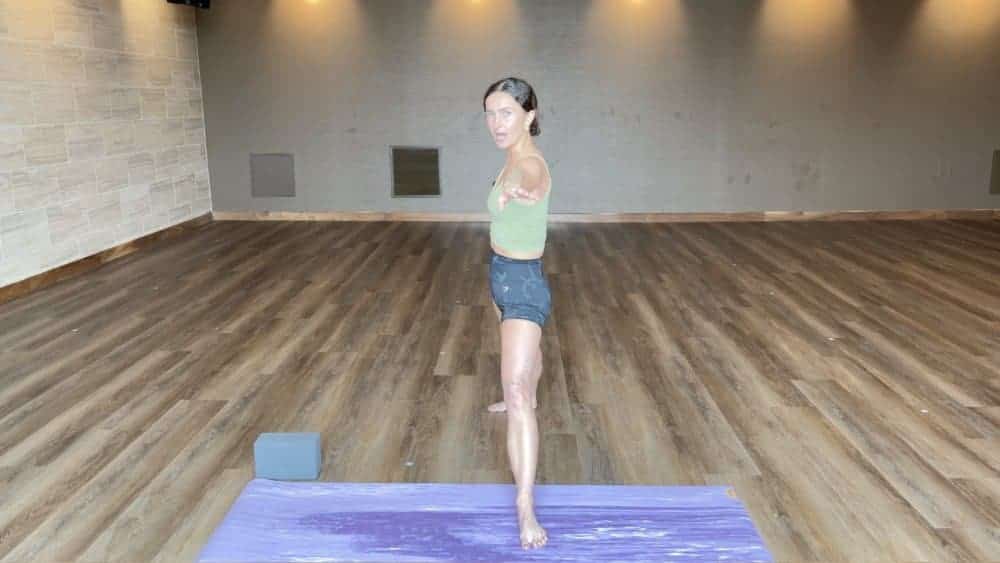
A triangle is a one-dimensional shape, meaning it all exists in a single plane. To avoid slouching forward or falling out of alignment, imagine that your body is squeezed between two walls. Your Triangle Pose should extend straight ahead rather than down. In other words, if you looked at your body from the side, the legs, chest, and arms should be in a straight line.
Common Mistakes
Triangle Pose is one of those postures that many people get wrong on the first try. This isn’t because you’re a bad yogi! It just feels awkward at first. As a yoga teacher, here are the most common mistakes I see with students who rush into Triangle Pose:
Common Mistake #1: Hand Too Far Down and Torso Slouched
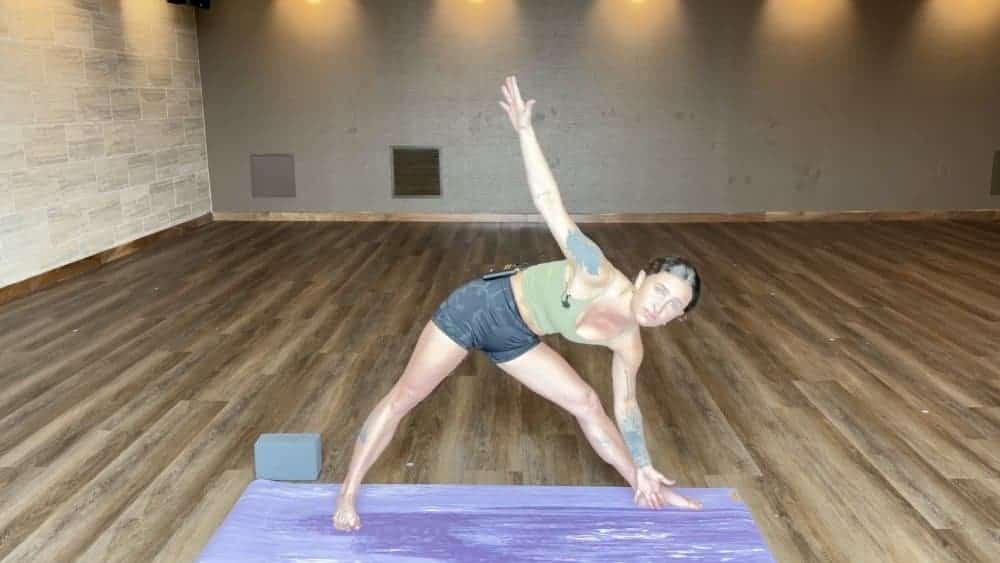
If your upper body feels like it is slouching forward, your hand is probably reaching too far down. Contrary to popular belief, you do not need to reach all the way to the floor. In fact, if you force that reach you instantly knock your spine and legs out of alignment, potentially causing back pain or an unnatural curve in your back.
How to Fix It: Use a block or bring your hand to your calf. There is no shame in not reaching the floor! Even extremely flexible yogis can have a hard time holding Triangle Pose with the hand all the way to the floor because it requires so much stability in your abdominals.
Instead, engage your core and lift out of the pose. Find a hand placement location where your spine can remain straight and your stomach feels elongated rather than crunched. Again, imagine those two parallel walls on each side of you. If you are slumping forward into one of the figurative walls, it’s probably because your hand is reaching too far down.
Common Mistake #2: Feet Pointed in the Wrong Direction
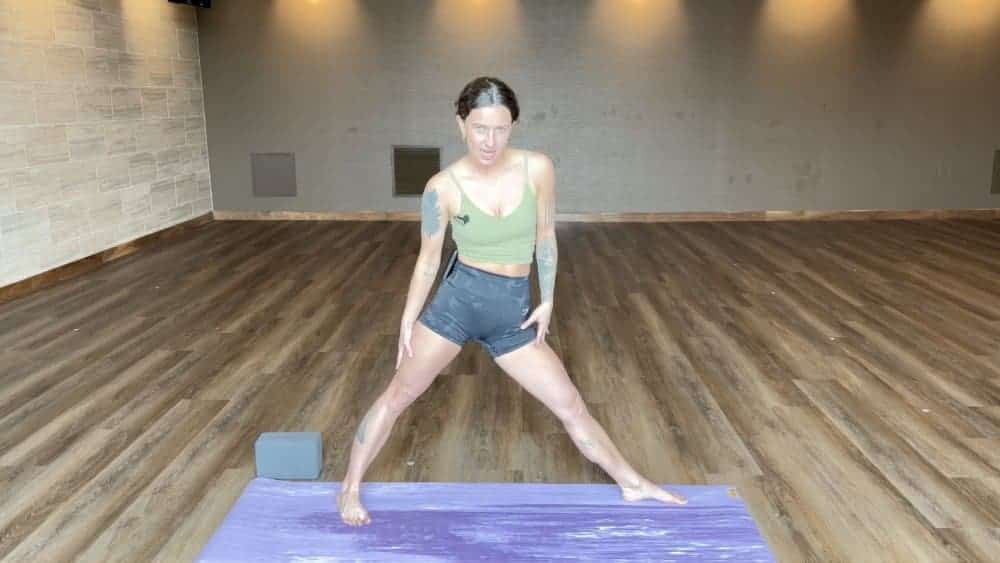
Beginners often dive into Triangle Pose too quickly without taking the time to build their foundation. Your feet should not be facing forward or awkwardly splayed. Any pain in the ankle or lack of balance is probably due to improper foot placement.
How to Fix It: Turn your front toes straight out to the side so the foot is parallel with the long-edge of the mat. Then, rotate the back foot to about a 45° angle so that the ankle feels comfortable and grounded.
Triangle Pose has the same foot placement as Warrior II.
Common Mistake #3: Hip Forcing Back

If you are reaching too far forward, your back hip and butt cheek are probably jutting out and back. This puts unnecessary strain on the low back and prevents you from finding the nice long stretch in the side body.
How to Fix It: Engage the back glute to support the lower body and roll the pelvis forward. Instead of jutting out the hip, imagine it staying tucked in place so you can keep your body in one straight line inside a one-dimensional plane.
Common Mistake #4: Arms Not Straight
While this is a chest-and-shoulder-opening pose, your upper arm should not be spiraling back behind you. This creates a very uncomfortable twist in the spine.
How to Fix It: Keep the upper arm active so it remains in line with the lower. Do not overextend your shoulder joint or twist the chest open. Keep the chest facing forward and the arms parallel to the side wall.
Variations
Here are a few ways to make Triangle Pose (Utthita Trikonasana) easier or to advance your practice:
Block-Assisted Triangle Pose
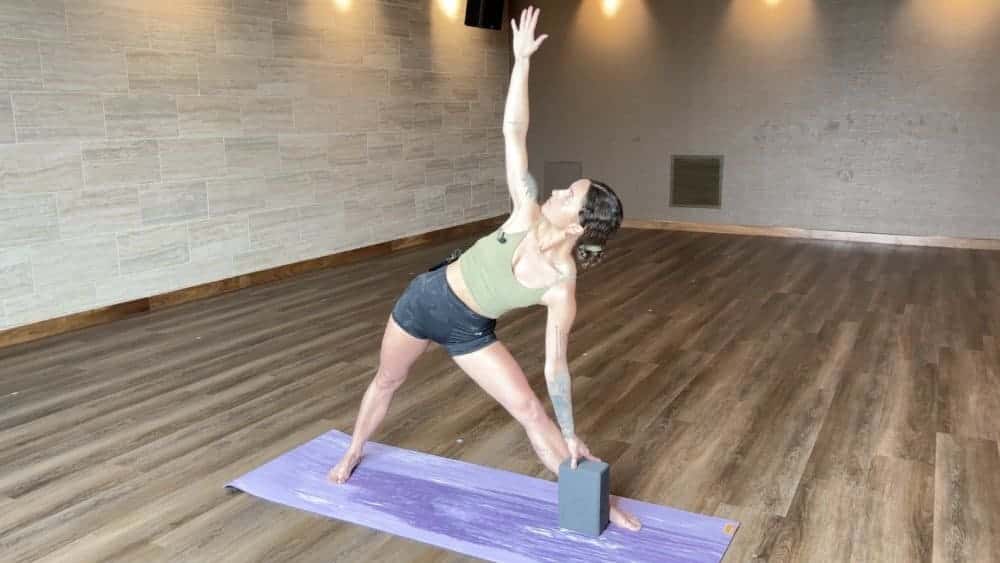 Place a block next to the inner ankle of the front foot.
As you extend forward and down, bring the fingertips or hand to the block as a stabilizer.
Do not put much weight in the block. Instead, use it as leverage to hold your body in place. The back muscles, legs, and core should be doing the bulk of the work.
Place a block next to the inner ankle of the front foot.
As you extend forward and down, bring the fingertips or hand to the block as a stabilizer.
Do not put much weight in the block. Instead, use it as leverage to hold your body in place. The back muscles, legs, and core should be doing the bulk of the work.
Revolved Triangle Pose
For a nice spinal twist, try revolving your Triangle:
From a left-foot-forward Triangle Pose, shift your torso over the front leg and extend your arms out like an airplane. Bring your right hand to the outside edge of the front foot. The hips will face the floor. Place your left hand on your sacrum (lower back). Activate your core. Exhale and twist to the left hand side as you press the outside of your right hand into the block, ankle, or calf of the left leg. Open your left shoulder upward so the arms are straight in line. Deeply breathe into the twist and repeat on the other side.Safety and Precautions
Triangle Pose should not be practiced by anyone who has:
Knee, ankle, or joint injuries Hip injuries Spinal disc problems Low or high blood pressure Neck or back injuries Migraines DiarrheaTeaching the Pose
If you are a teacher or yoga practitioner helping your students advance, the number one best cue for Triangle Pose is: “Imagine there are two parallel walls on each side of your body. Your triangle should stay in one dimension between them so you don’t slouch forward or back and hit the wall.”
This helps people stay in one plane of alignment. If students are slouching forward, remind them to back out of the posture by lifting their front hand onto a block or pressing into the calf.
Preparatory Poses
Prepare your hips and legs for this posture by practicing:
Downward Dog (Adho Mukha Svanasana) Forward Fold (Uttanasana) Warrior I (Virabhadrasana I) Warrior II (a great way to enter Triangle Pose)Counter Poses
Decompress or advance from Triangle Pose by easing out of the posture and following up with:
Wide-Legged Forward Fold (Prasarita Padottanasana) Extended Side Angle (Utthita Parsvakonasana) Reverse Warrior (Viparita Virabhadrasana)Conclusion
Triangle Pose (Utthita Trikonasana) is a challenging but rewarding posture for building strength and finding a perfect alignment between your past (back leg), present (hips), and future (front arm and leg). Remember this symbolism as you flow.
Namaste!

 Lynk
Lynk 









